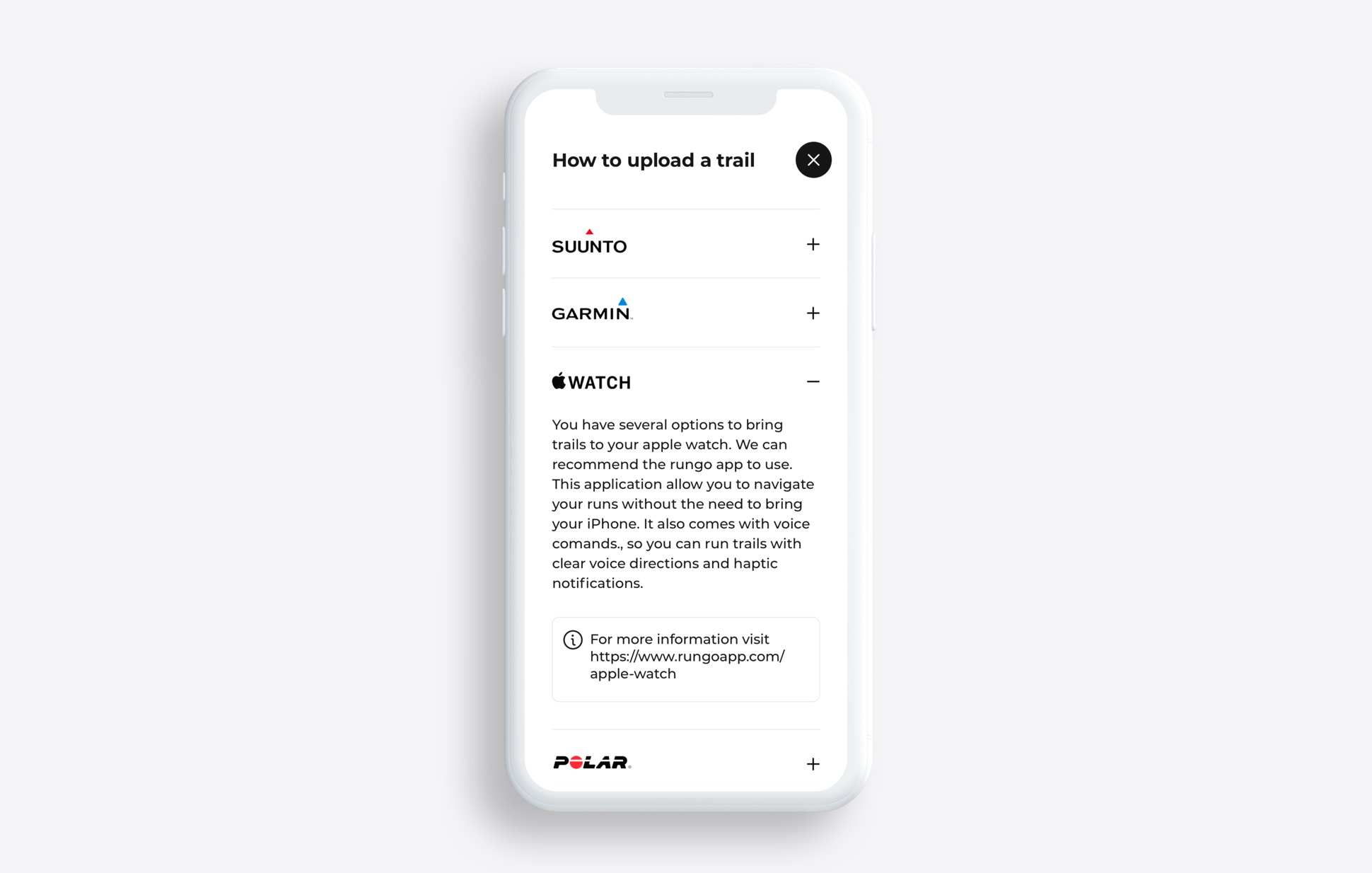
Watches for Running - The Zug.Run Guide
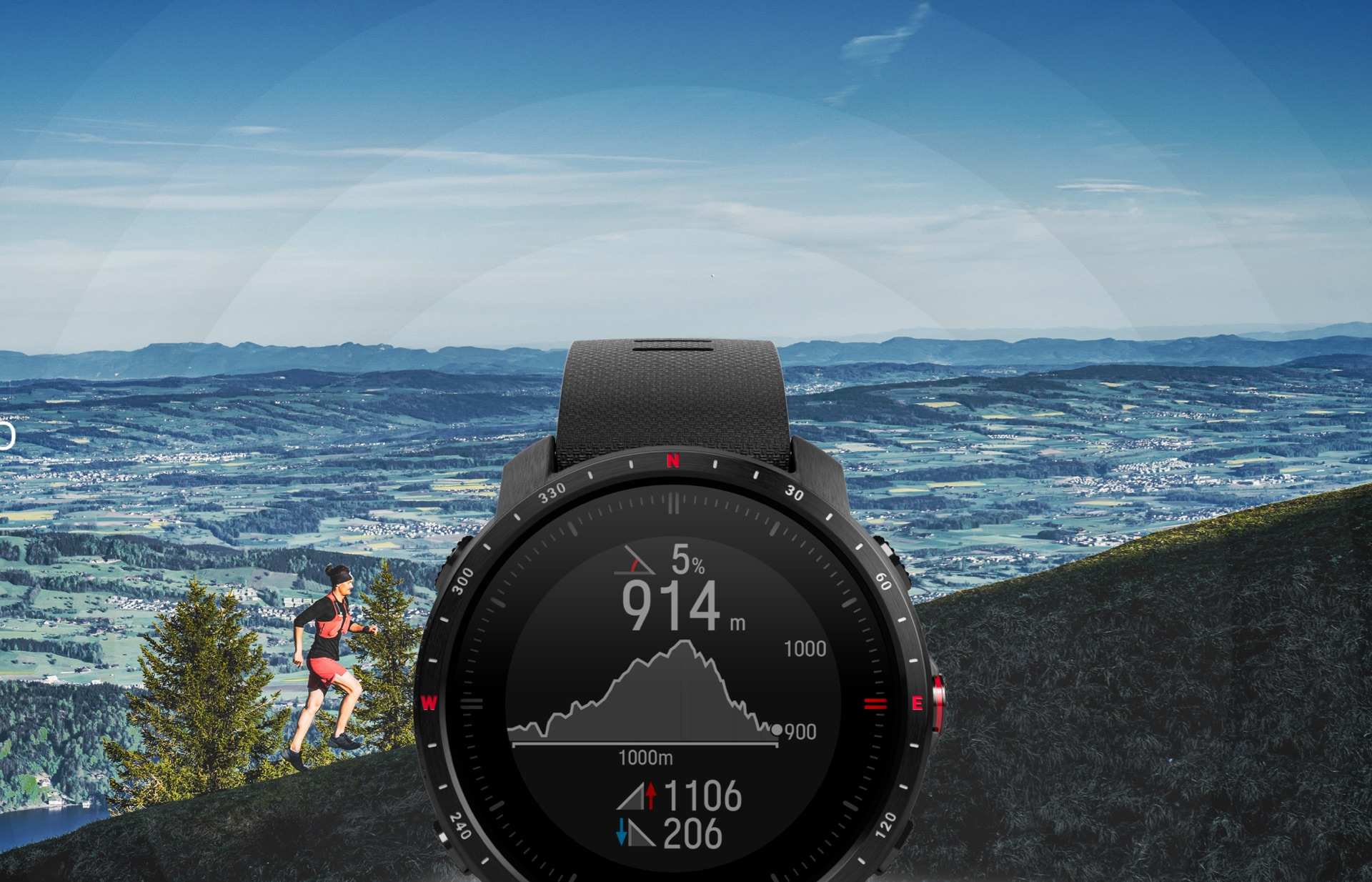
You might be overwhelmed by the options when it comes to wearables for running. We're here to help. We take you through what to expect from the big brands. We've put in plenty of testing hours with all the major options, and we've broken down the key differences to help you decide which one is the right for you.
Most sports watches out there cover the basis of letting you track runs with GPS, measure effort levels with heart rate monitors, and will let you share data with third-party apps. While smartwatches now can do a good job of tracking runs, a sports watch still feels like the most reliable companion to strap on to keep tabs on that time when you're hitting the trails.
There are four big names leading the market: Garmin, Polar, Suunto and Apple Watch. They all make formidable options across price ranges. So you can spend big or spend less and get something to track those Parkruns or make sure you can find your way home when you head out for the mountains.
Smartwatches vs Sport Watches
The first big question is whether to opt for a smartwatch like an Apple Watch or a dedicated sport Watch Like Garmin.
When you're thinking more about how you train, when you train and train for longer, then you'll be wanting to look at the likes of Garmin.
Garmin
Garmin is perhaps the best known of all the sports watch brands simply because it has the biggest collection of watches available comfortably. GPS and tracking your location was Garmin's big play when it got into the game, and its watches aim to offer a more balanced mix of sports tracking features than its rivals.
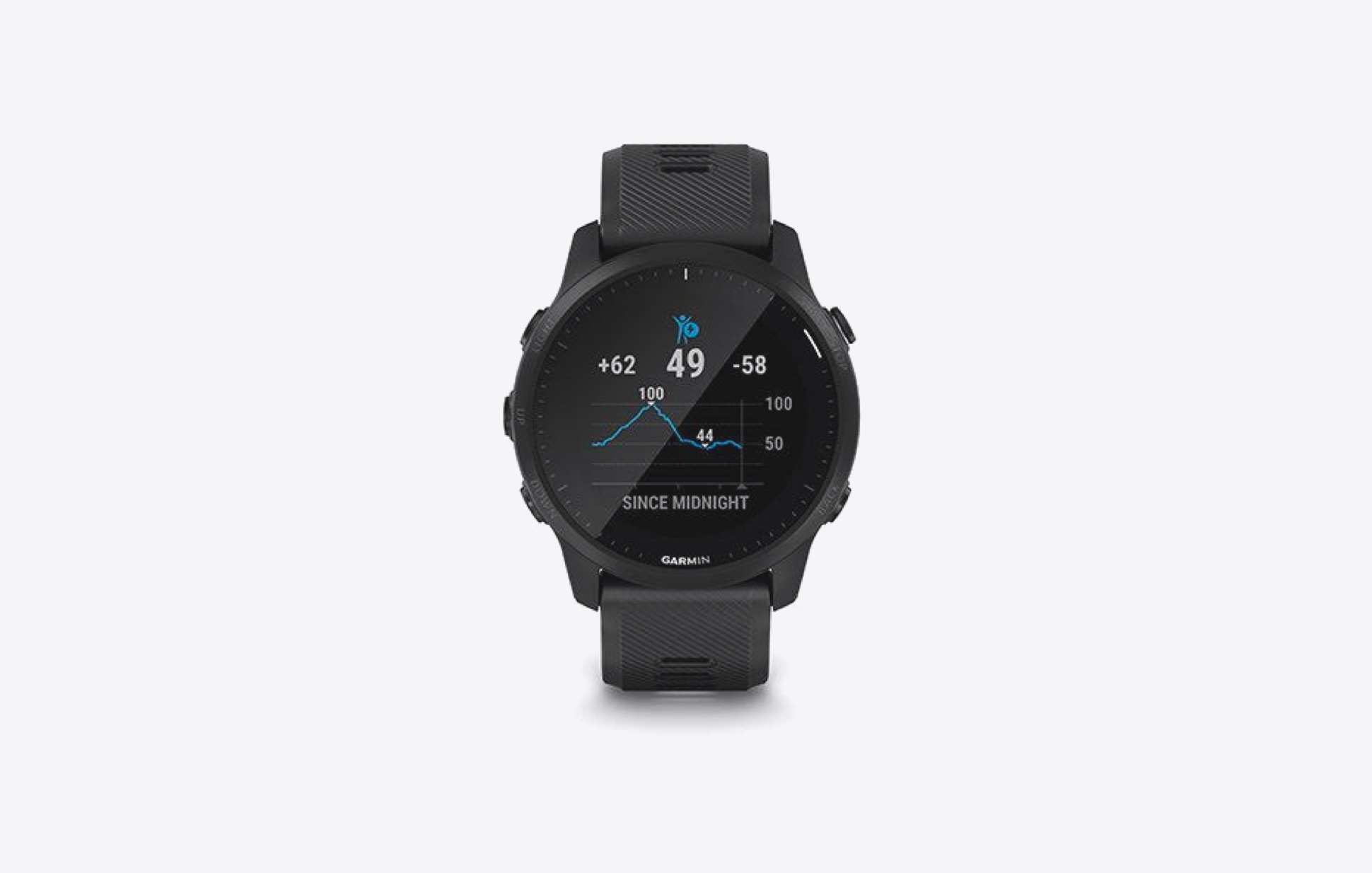
Forerunner is arguably its most well-known range, and there are both affordable and pricey, feature-packed options to choose from. At the cheaper end, you've got the likes of the Forerunner 55, which is a small, light watch with those key tracking features like GPS, heart rate monitoring and software features like Garmin Coach to help you train for running distances like 5k and 10k distances.
Spend a little more, and you have the Forerunner 245, which is the successor to the 235, one of Garmin's most popular watches. That gives you all you get on the 55, but with the addition of smartwatch features like Garmin Pay, a built-in music player and more advanced training insights.
In the middle of the Garmin range, you have watches like its Vivoactive and the Venu series, which feel like its most smartwatch-like devices and both ranges share a lot of the same features. The Venu, square Venu Sq and Venu 2 are the only watches in Garmin's range that offer full-colour touchscreen displays.
With Forerunner 745 and the 945 you get more insightful analysis like training load and training balance and start to veer into serious athlete territory. With the 945, you're also getting full mapping support where cheaper Forerunner watches will offer simpler breadcrumb navigation support where you can't view full maps, but you can upload routes to follow in a simpler fashion.
When you want to spend big and want something built for endurance-style pursuits or outdoor activities like trail running, hiking, and open water swimming, then there's the Fenix series and the new Enduro. The Fenix essentially takes what you get in the Forerunner 945 and wraps it up in more high-grade case materials. It also comes in a solar charging option if you like the idea of having a watch that can go longer.
Polar
The Finnish brand's heritage lay in heart rate monitoring and was the first company to launch a wireless heart rate monitor. It continues to evolve that technology inside of its sports watches, and it also goes big on providing big training and analysis features driven by heart rate and other metrics for those who like to take a more professional approach to training.
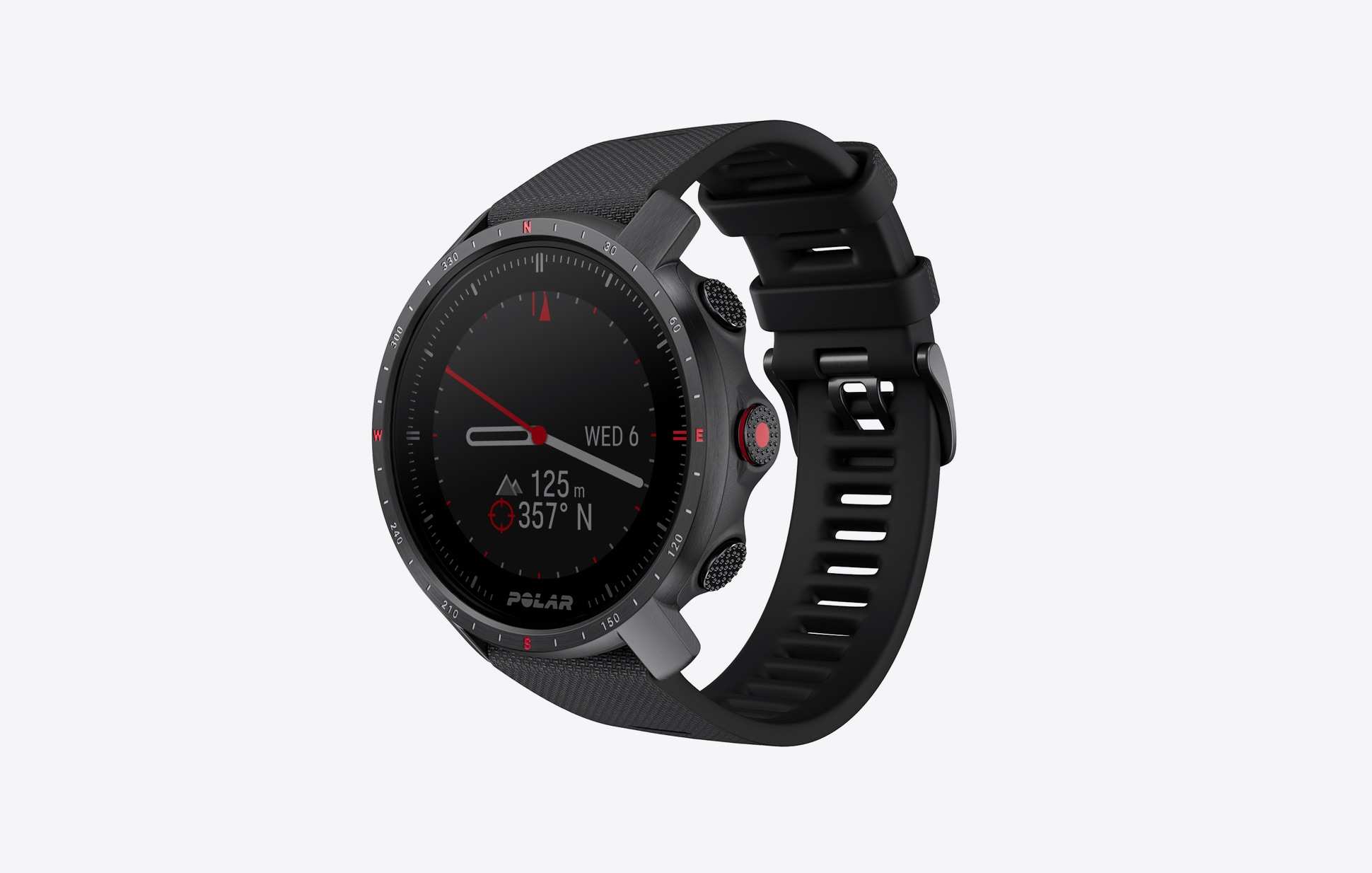
That's not to say it doesn't offer a more accessible option like the Polar Ignite and Ignite2, which are designed for general fitness types, and offer features like GPS and Polar's Precision Prime heart rate sensor technology to track effort levels during exercise. You also get access to Polar's FitSpark suggested workouts feature and sleep tracking, which includes its nightly recharge measurements to assess whether you're fit to train.
Up from the Ignite series you have the Vantage M2, which bolsters the training and analysis features you have at your disposal over the Ignite. That includes Training Load Pro, letting you pay closer attention to how hard you're working during workouts.
Then you get to the Vantage V2 and the Grit X, which sit at the top of the Polar watch family. The Vantage V2 is designed for serious athletes, think dedicated marathon runners, ultrarunners and triathletes. It offers access to features like Training Load Pro and Training Recovery Pro to delve deeper into your workout data to help better shape training plans and when to take rest days.
It also includes tests to better assess how well recovered your leg muscles are from training. It offers 40 hours of full GPS battery life and the smartwatch features you'll find on the Vantage M2 like music controls, weather forecasts and notifications.
The Grit X is Polar's first outdoor watch that has all of the features found in the Vantage V2 and puts it inside of a more rugged design. It offers features like the ability to upload routes to enjoy turn-by-turn navigation and its FuelWise recommendations, which smartly reminds you to eat during endurance-style activities based on heart rate and data like age, weight and gender.
Suunto
Like Polar, Suunto is based out of Finland, and while it's a big maker of dive watches, it has a sizable collection of multisports watches in its collection too.
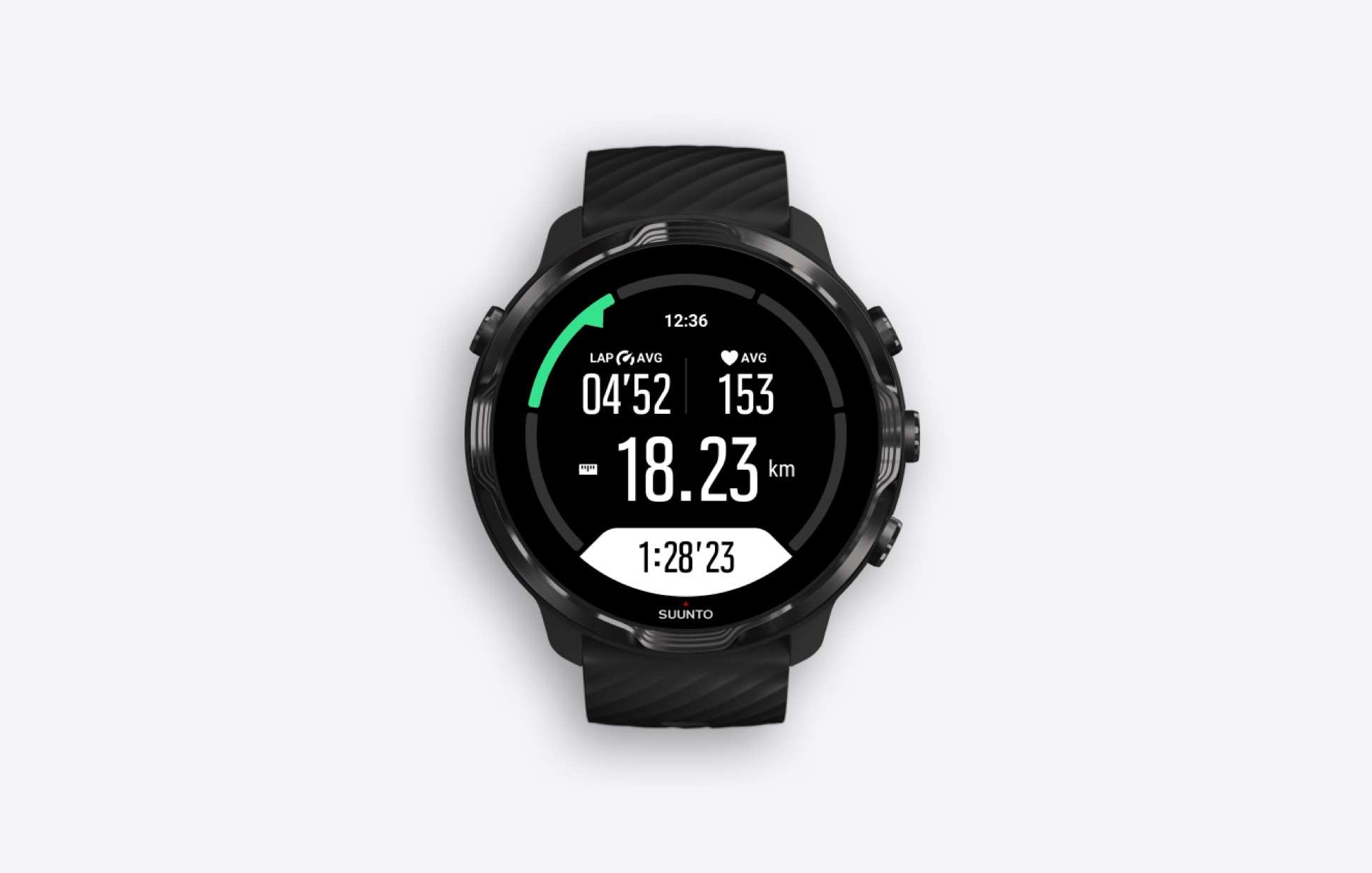
Polar watches are clearly designed with outdoor adventurers in mind and built with rugged, durable designs, offer rich environmental data and generally promise big battery life too. They're a little light on smartwatch features, though the recent arrival of the Suunto 7 has signalled a shift in offering something that's a stronger mix of sports watch and smartwatch.
Sitting at the cheapest end of its collection is the Suunto 3, which is clearly a Suunto aimed at beginners that offers core sports tracking modes and includes built-in GPS, an optical heart rate monitor and 24/7 fitness tracking and sleep tracking. It also offers adaptive training plans that are generated from your fitness level and logged workouts and will adjust plans if you miss a session.
At the top end of the Suunto family is the Suunto 9 Peak, which takes the Suunto 9 and gives it a slimmer and lighter design. The 9 gives you everything Suunto has to offer. That includes up to 170 hours of GPS battery life with intelligent battery modes for those who want to track for days, plus the ability to monitor blood oxygen to assess acclimation to altitude. That makes it a good fit for climbers.
You're also getting 80 sports modes, and you can upload routes via GPS files to access navigation features like real-time breadcrumb trails.
Sitting somewhere in between those two watches is the Suunto 7, the company's first proper smartwatch. It runs on Google's Wear OS.
Right now, it gives you all of those Wear staples like making payments, downloading apps and accessing Google Assistant. You're also getting some of Suunto's own sports tracking, including the ability to access full colour maps that can be stored for offline use and use heatmaps to find popular running or riding routes. Unlike other Suunto models, you'll have to contend with having around a day of battery life when using it in full smartwatch mode.
You can transfer routes and see all your activities using the revamped Suunto App. Learn more here: https://www.suunto.com/suunto-app/suunto-app/
Apple Watch
The first Apple Watch launched six years ago, and with each iteration, it's edged closer to smartwatch domination. Bottom line: if you own an iPhone and want the best smartwatch experience, this is what you should go for.
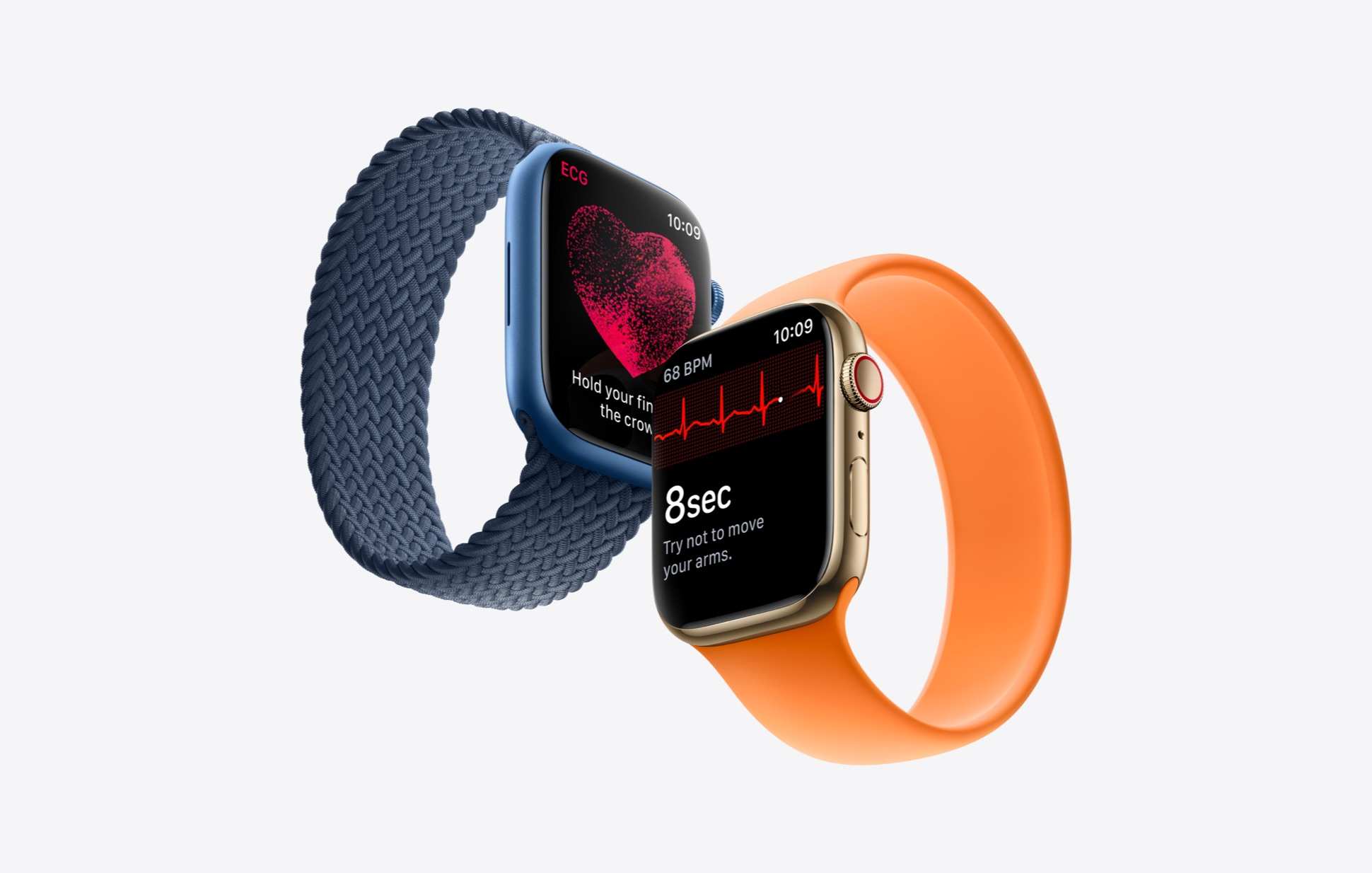
Good GPS monitoring, rolling mile average speed, an impressive suite of fitness apps from Strava, MapMyRun, Nike and Adidas are all available on the watch and are combined with one of the best smartwatch experiences day-to-day.
The battery numbers Apple attaches to its smartwatch haven't changed since the first watch. You'll get 18 hours, which is less than a day. This does invariably depend on what features you regularly use, whether that's using built-in GPS to track outdoor activities and keeping the display nice and bright. If you've got a newer Watch that offers the always-on display mode, that will hit the battery harder too.
We'd say the Apple Watch offer a sporty and stylish look in a more desirable way. Also you can change the strap as you wish. However, it comes down to the cost of durability. You can easily scratch or even crack the screen by scrambling up a wall.
To interact with the watches, Apple uses a touchscreen display and a Digital Crown that offers haptic feedback to scroll through screens and select features.
The Apple Watch (Series 6 and beyond) offers built-in GPS, heart rate monitoring during exercise and you have a rich array of third-party apps to make use of as well as Apple's own to track and analyse your data.
That sensor is also one of the best-performing ones we've used for exercise and delivers good quality data from the wrist even at high intensity.
You were limited to Apple Music to add to your watch, but that all changed recently. Spotify offline music support was just added into the mix, so now I can download music to the Apple Watch 6, track my long runs with mile alerts, monitor my VO2 max levels and still get all the extra smartwatch elements (like hand washing monitoring, excellent mindfulness apps) and richer notifications.
Apple Watch is closing the gap to the big players in the fitness space. But let's not get too excited, though - Apple is still a long, long way from making the best running watch in the world. It firstly needs to get better battery life, add in more sensors.
Next
Whichever brand and model you find to use, you can see guidance on how to upload trail data to your watch at the Trail detail pages. Hit the 'Run this trail' button and follow the guide from the bottom.
